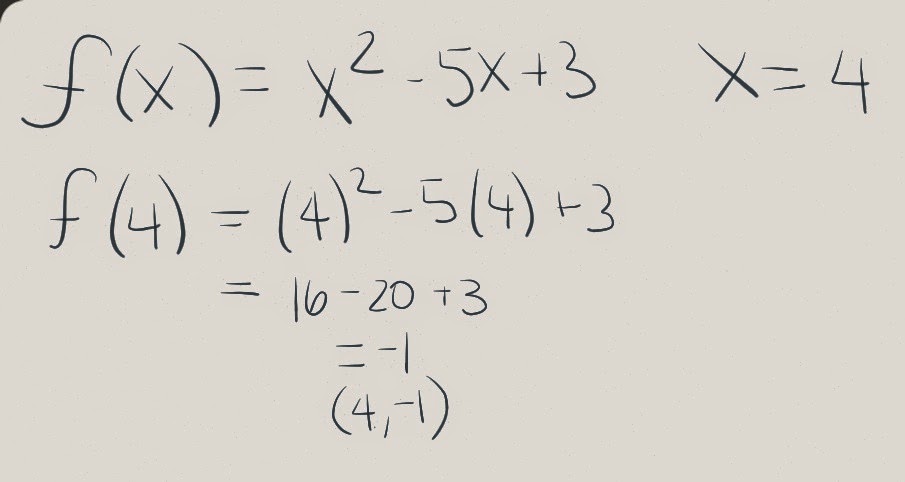During Week 2, we finished the chapter on Inequalities, Equations and Graphs.
On the first day, we first started with a pop quiz and began Algebra and Limits, which included a preview of Calculus.
This was the last section of the first chapter.
We began with the methods on foiling or factoring.
It consisted of:
From then on we reviewed on how to simplify problems down to fractions. The Calculus portion that we followed was limits.
We learned how there is a number underneath the limit sign and you plug in that number. Most answers are zero.
To not have an answer of zero, you must factor or cancel, or rationalize the equation till it is simpler and easier. You then plug back in the number listed and you find another number, which is your answer.
You rationalize when the equation has a square root. Then you multiply by its conjugate.
Shown below is an example on how to solve a problem.
That is what we did on the first day.
On the second day, it was review for the test approaching on day 3. We rewiewed on all of the 5 lessons and looked over the homework. The homework was very difficult for many people including myself so we got more help on it and reviewed it.
On the third day, we had the test on Inequalities, Equations and Graphs. The test was quite difficult and I do hope I had done well on the test taken.
On the fourth day, we began the next section, which is Functions. We began on Functions and Graphs.
It is the same material addressed in the previous post.
f(x) is the same as y.
You are practically solving for y the whole entire time.
That is what we learned this week. Next week we will continue on Functions.
See you next week!









